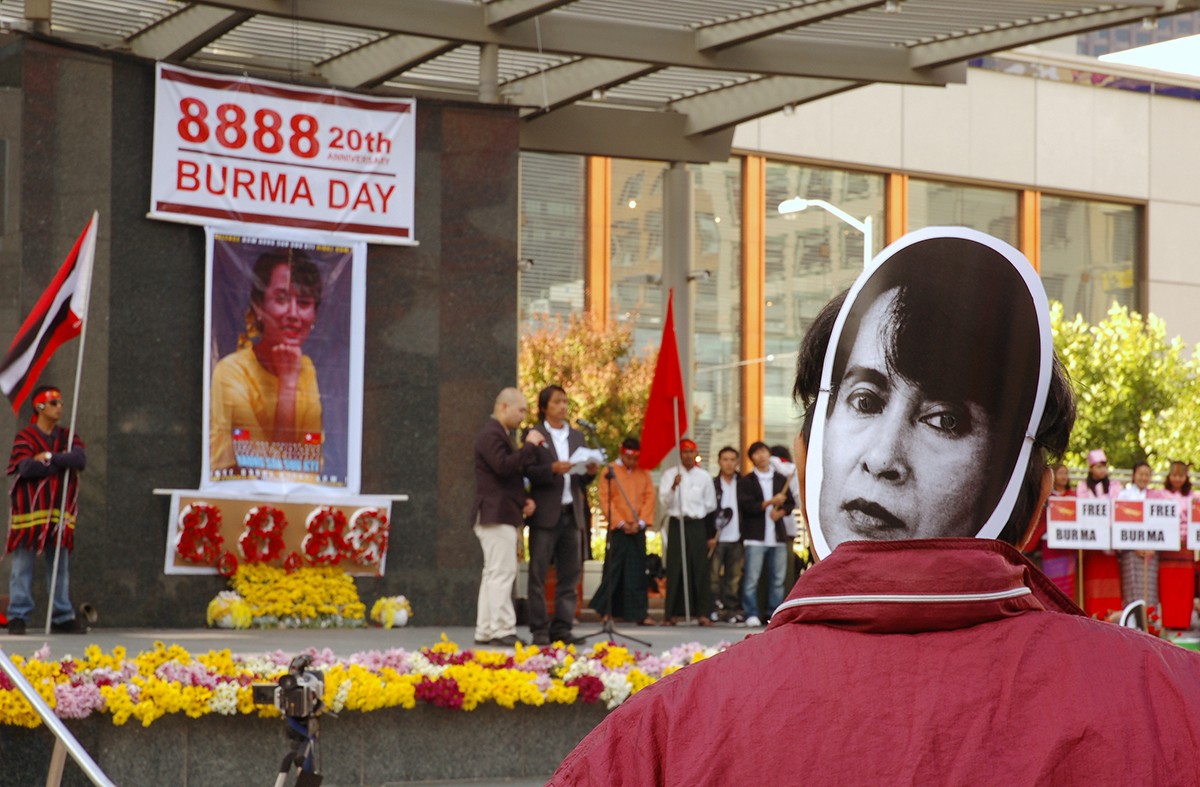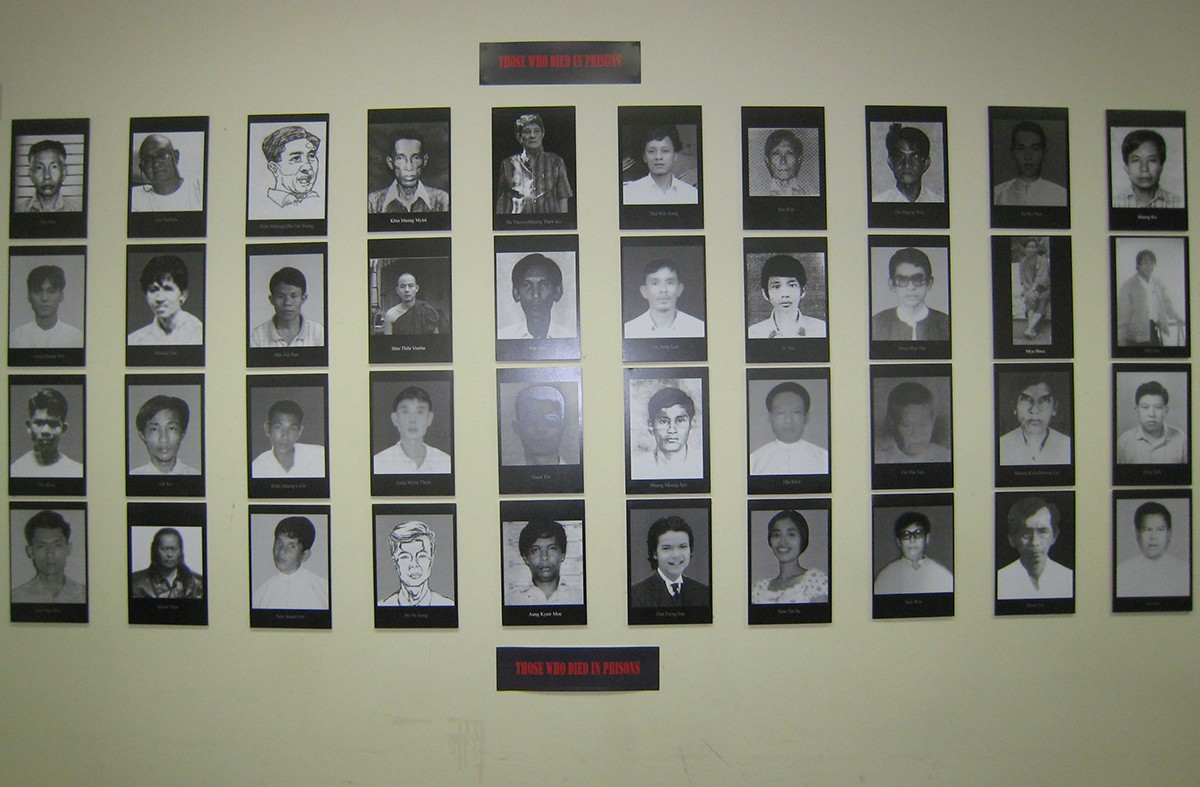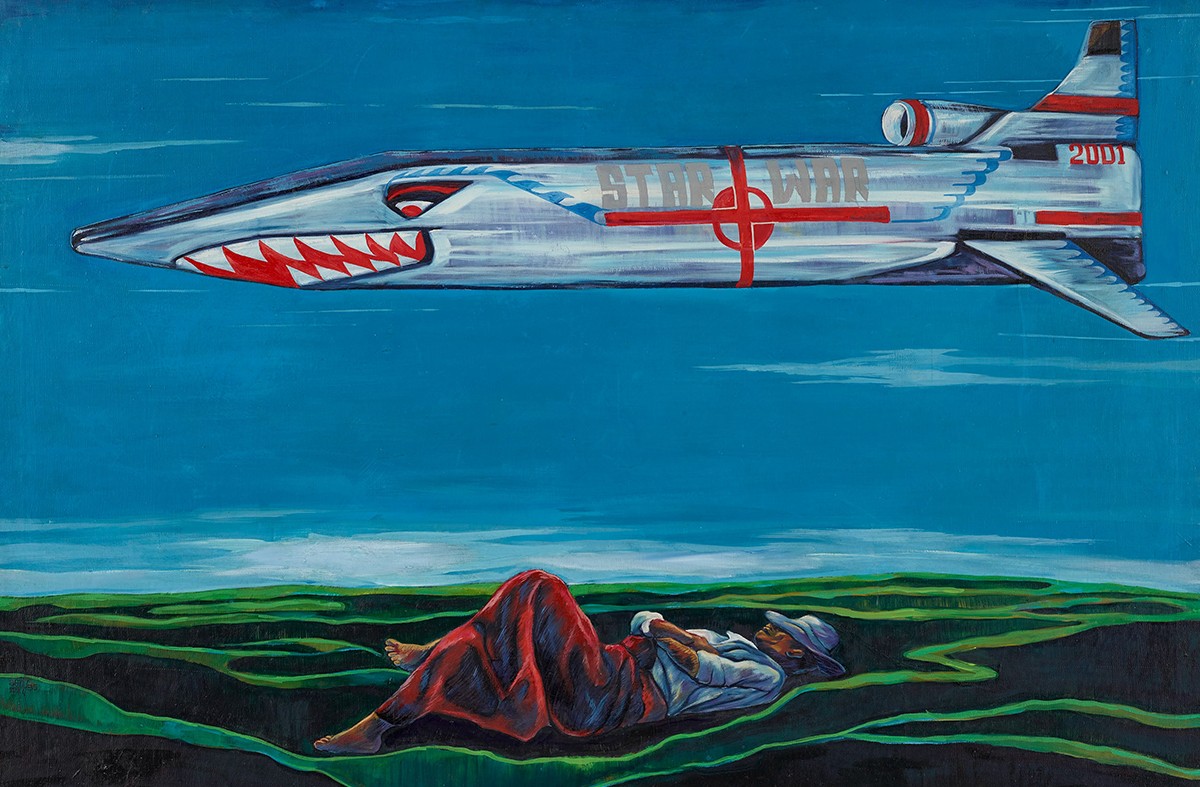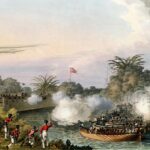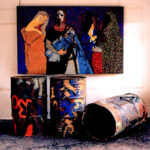The 8888 Uprising in Myanmar
1988
Beginning with student protests in March 1988, popular resistance against the totalitarian government in Burma (officially Myanmar) grows into a movement that will see the resignation of regime leaders and a brief promise of democracy. It receives its name from the date of August 8, 1988, when a general strike takes place and is violently suppressed by authorities.
Since it came to power in a 1962 coup d’état, the ruling Burma Socialist Programme Party, headed by General Ne Win and supported by the military junta known as the Tatmadaw, has isolated Burma’s economy from global trade and suspended elections. Restrictions on foreign travel, press freedom and international exchange have curbed access to information and cultural exposure, heavily stunting the development of the arts and disrupting the formation of a political consciousness among the public. Implicit and explicit censorship on artistic expression, coupled with a lack of patronage for experimental art that was considered risky and subversive, hindered the production of art in Burma. Restrictions were also placed on the depiction of nudity and the use of specific colours, such as red — seen to symbolise revolution — and the contrast of white and black, which could prompt the viewer to consider the difference between good and evil. Artist groups such as Gangaw Village Art Group, established by students of Yangon University in the 1970s, have become rare platforms for artists to support one another and organise exhibitions with relative freedom. Notable artists in the group include Po Po, Aung Myint and San Minn.
The immediate triggers for the uprising are the demonetisation of several currency notes in 1985 and 1987 and the use of extreme force by riot police and soldiers against students protesting at university campuses. In its initial months, the movement forces the resignation of Ne Win and his immediate successor General Saw Lwin, and sees the entry of the pro-democracy leader Aung San Suu Kyi into Burmese politics — a period of time sometimes referred to as the ‘democracy summer’.
In September, however, the military seizes power under General Saw Maung. It forms the State Law and Order Restoration Council (SLORC), which will impose martial law in the country, imprison members of the National League of Democracy and continue to violently repress protests over the rest of 1988 and 1989. The Gangaw art exhibitions will close down out of concern for the risk to dissenting voices.
At a time when foreign press has little access to the country, American photojournalist Steve Lehman covers the events of the uprising along with reporter Melinda Liu for Newsweek, and captures a moment that becomes an iconic image of the 8888 Uprising. It shows a wounded sixteen-year-old student, Win Maw Oo, being carried by two doctors across a street during a protest; she later dies from her injuries and is seen as a martyr for the movement.
In subsequent years, press freedom will continue to be restricted, and SLORC will attempt to construct a positive image for its reign through the state’s English news channels and the establishment of several pro-military propaganda museums across the country — efforts considered by analysts today to have been largely ineffective.
Bibliography
Carlson, Melissa. “Painting as Cipher: Censorship of the Visual Arts in Post-1988 Myanmar.” Sojourn: Journal of Social Issues in Southeast Asia 31, no. 1 (2016): 116–72. http://www.jstor.org/stable/24779790.
Chia, Adeline. “What to Make of Po Po?” ArtReview, September 3, 2020. Accessed December 19, 2023. https://artreview.com/what-to-make-of-po-po/.
Meixler, Eli. “How a Failed Democracy Uprising Set the Stage for Myanmar’s Future.” Time, August 8, 2018. Accessed December 18, 2023. https://time.com/5360637/myanmar-8888-uprising-30-anniversary-democracy/.
Mozur, Paul. “General Kicked Off Facebook Can Still Glorify Military at Grandiose Museum.” The New York Times, November 26, 2018. Accessed December 19, 2023. https://www.nytimes.com/2018/11/26/world/asia/myanmar-rohingya-military-museum.html.
Radio Diaries. “Timeline: Myanmar’s ‘8/8/88’ Uprising.” National Public Radio, August 8, 2013. Accessed December 18, 2023. https://www.npr.org/2013/08/08/210233784/timeline-myanmars-8-8-88-uprising.
Smith, Martin. “‘Our Heads Are Bloody but Unbowed’: Suppression of Educational Freedoms in Burma.” Article 19 1, no. 18 (December 10, 1992). https://www.refworld.org/docid/4754182d0.html.
Thaw, Kyaw Phyo. “Doctor in Iconic Picture Recalls 88 Uprising in New Book.” The Irrawaddy, September 5, 2013. Accessed December 18, 2023. https://www.irrawaddy.com/news/burma/doctor-in-iconic-picture-recalls-88-uprising-in-new-book.html.
Tucker, Shelby. Burma: The Curse of Independence. London: Pluto Press, 2001.
Feedback 
This entry appears in
Art in South Asia
Visit Timeline
Associated Timeline Events
First Published: March 11, 2024
Last Updated: May 22, 2024



